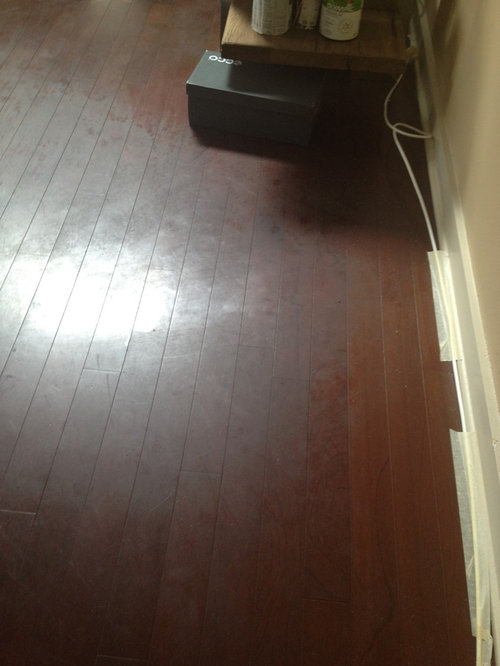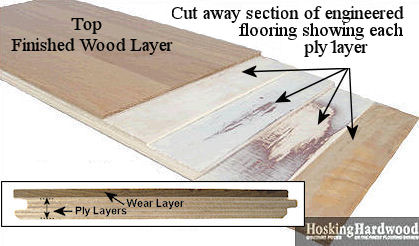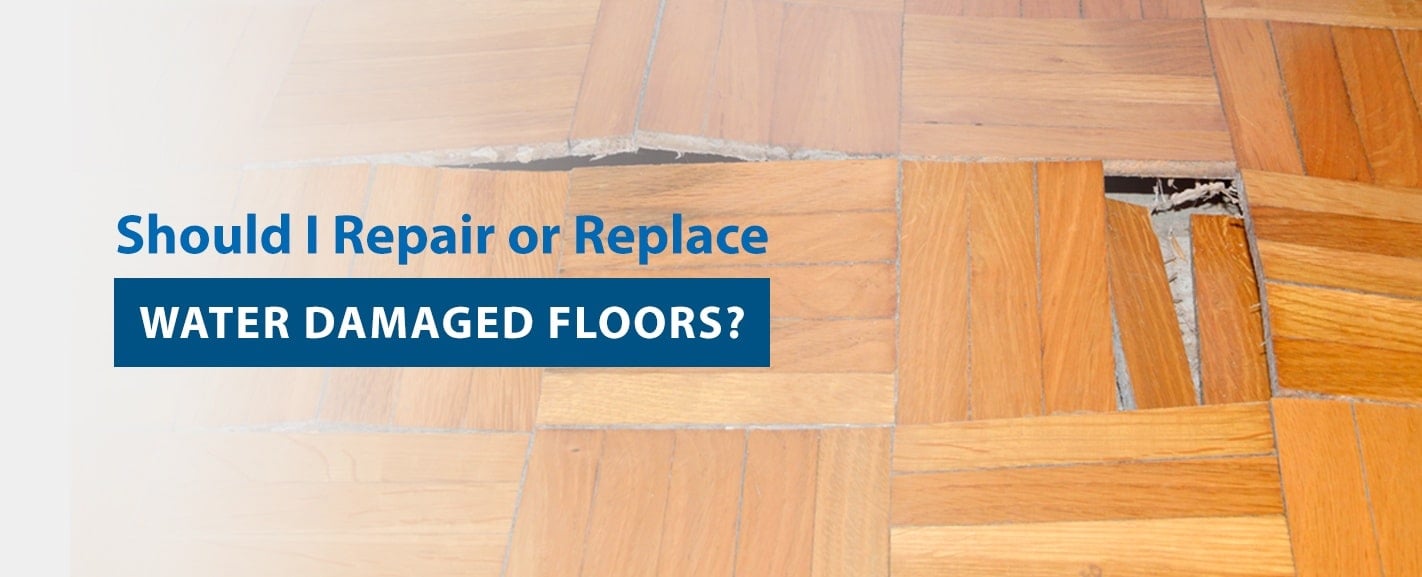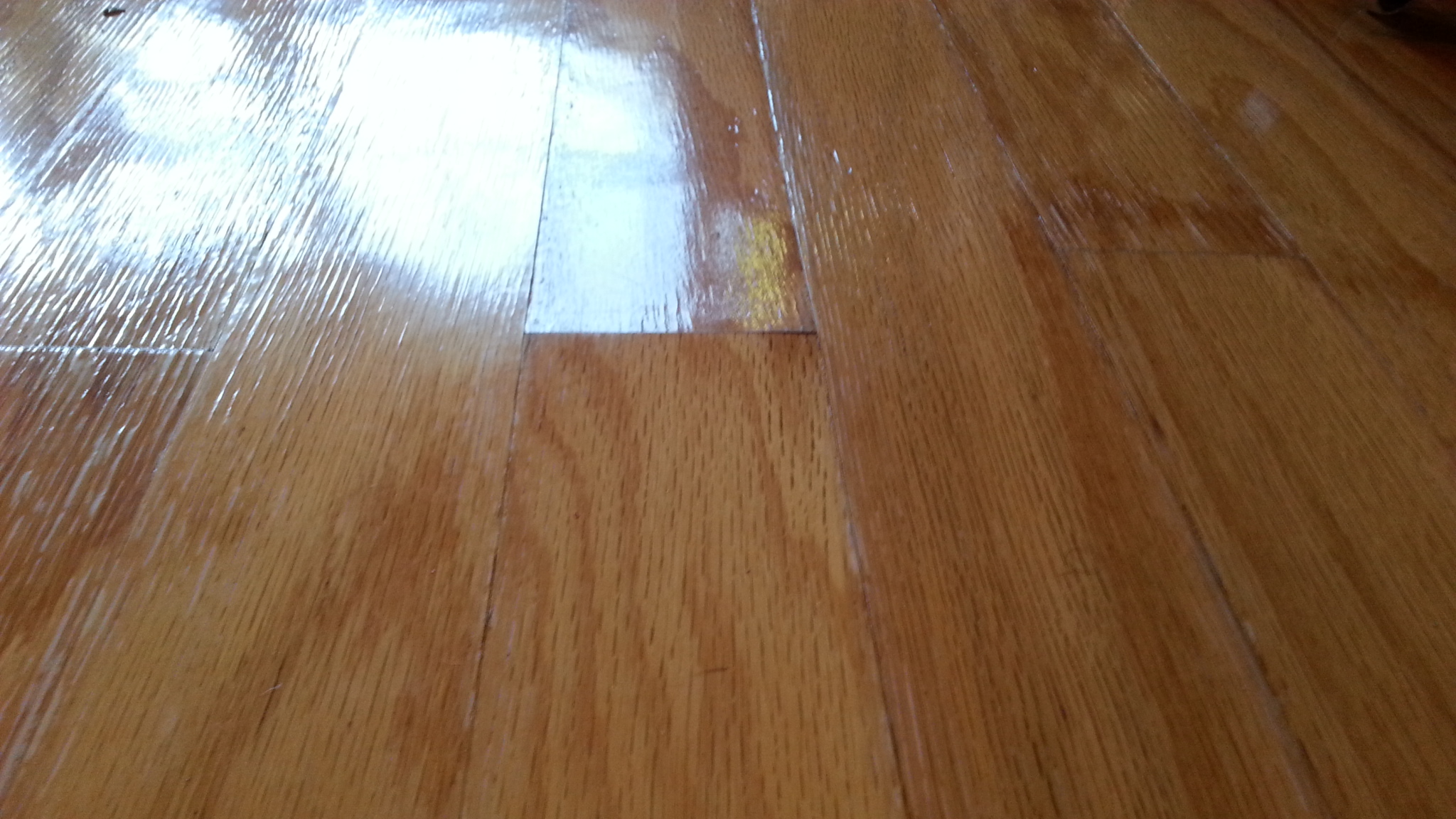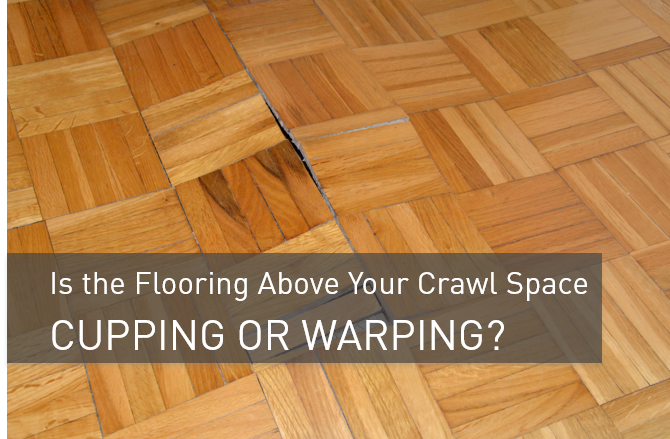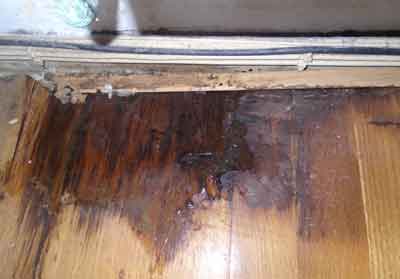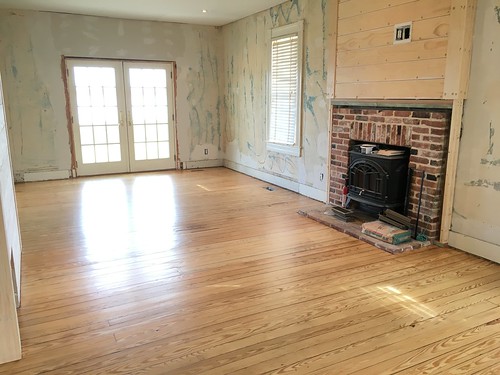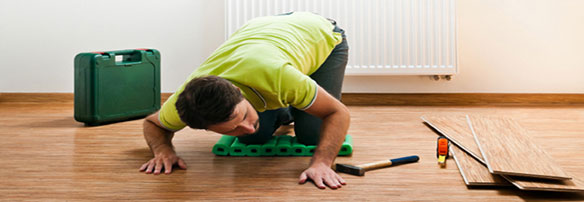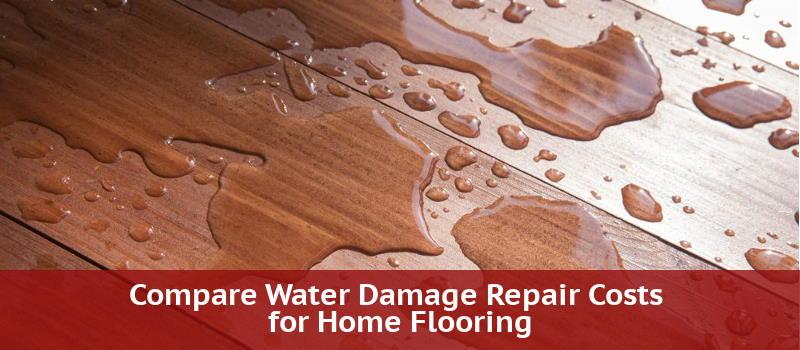A photo catalog of types of damage to different wood floor materials description of repair approaches for damaged wood floors buckled wood flooring due to leaks or high moisture cupped wood floorboards convex concave floor cupping gaps between floor boards or parquet flooring cause cure rotted wood flooring.
Damaged wood floor layers.
In early houses every feature had a practical origin and wide board painted wood floors were no exception.
But there are normally enough scratches dings dents and dull spots to warrant an additional coat of polyurethane on the floor for cosmetic reasons.
Your floor is more than just tile or hardwood.
Three to four layers make your floor both beautiful comfortable and durable.
Installing a wood floor requires a substantial investment in materials and labor.
When problems arise or when a floor fails it can be costly.
On top sit coverings like carpet tile vinyl plank and classic hardwood.
Every year an estimated 1 billion worth of hardwood floor damage occurs across the country.
The majority of floors were constructed of wood planks from 8 to 18 wide because narrow boards were expensive to prepare in a pre industrial era and therefore reserved for the best rooms.
Sand water damaged wood flooring.
One of the most frequent problems we re called in to address is water damage to hardwood floors.
Water damage to your hardwood floor.
If your floor looks good you need not coat it if your floor is.
Repair major damage if you have a charming wood piece but a major eyesore is detracting from its overall look it s time to break out the bondo all purpose filler.
Wood floor types damage diagnosis repair damaged wood floors.
Mix up your bondo apply to the uneven damaged section then sand smooth.
Bondo is an alternative to normal wood fillers preferred by many furniture restorers on hometalk.
This is called cupping heavy sanding with a drum or orbital sander can actually take down some minor high areas.
Subfloor the structurally sound layer usually plywood.
The reason old homes have these built up floors is that previous owners did not want to incur the expense or take on the labor of removing unneeded floor layers.
Usually there is little or no loss of polyurethane and no danger of damage to the wood floor after only five to seven years of use.
Underlayment this is used to smooth out the subfloor with a thin layer of plywood cement fiberboard or cement board providing a flat level surface.
After drying a wood floor you may have some concave or convex floorboards.
There is little reason to have more than three layers of flooring subfloor underlayment and floor covering.
However heavily cupped wood cannot be sanded down flat.




